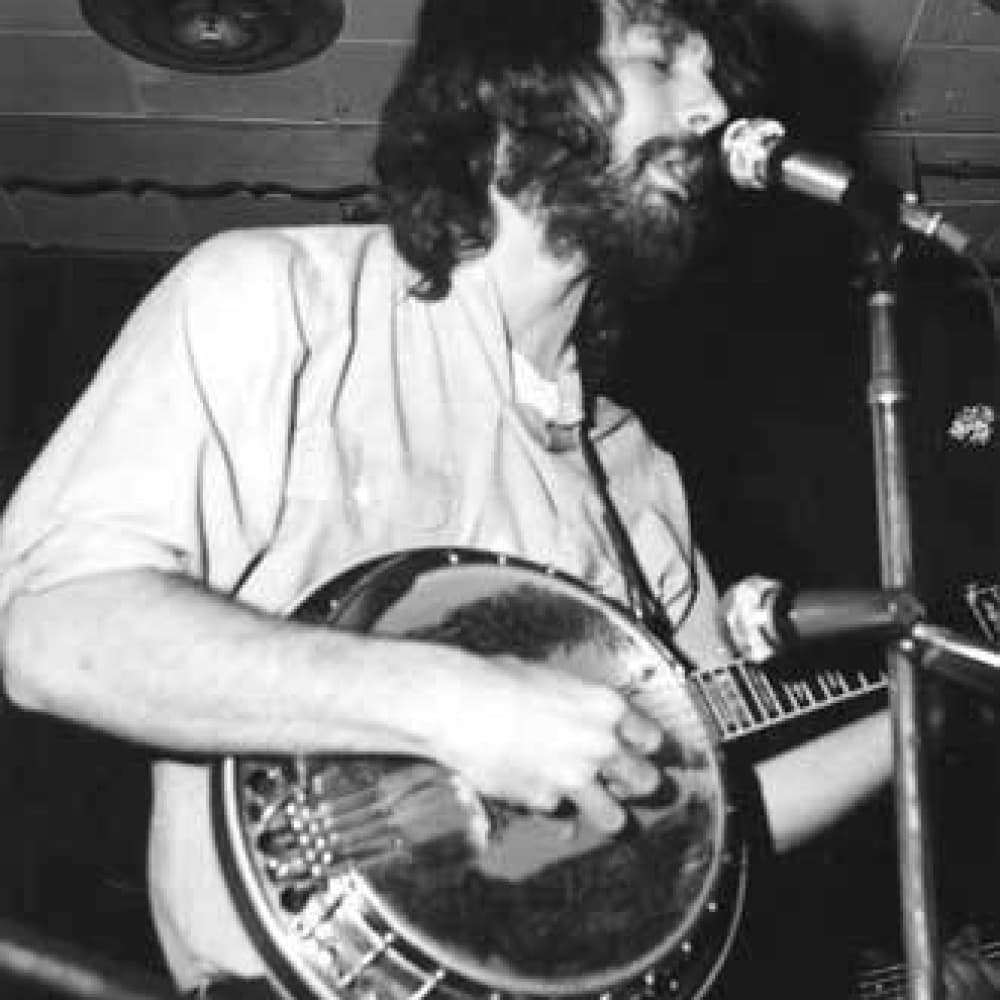
A spirited instrumental that captures the raw energy of traditional American folk music.
The name John Hartford might not be as widely recognized as some other musical giants, but within the realms of bluegrass, old-time music, and Americana, he’s a true legend. A virtuoso on the banjo and fiddle, a captivating singer-songwriter, and a dedicated historian of American music, Hartford possessed a unique ability to bridge the past and present. One of his most recognizable contributions, particularly to a wider audience, is the vibrant instrumental track “Indian War Whoop.”
This spirited tune gained significant prominence thanks to its inclusion in the immensely popular soundtrack of the Coen Brothers’ 2000 film, O Brother, Where Art Thou? This soundtrack, a masterful collection of bluegrass, country, and gospel blues, became a cultural phenomenon, introducing many to the rich tapestry of American roots music. While I don’t have access to specific chart positions from that time, it’s safe to say that the soundtrack’s widespread success propelled “Indian War Whoop” into the ears of millions, solidifying its place in popular culture.
The recording featured on the O Brother, Where Art Thou? soundtrack showcases Hartford’s incredible fiddling prowess. It’s a raw, energetic performance, full of intricate melodic runs and infectious rhythms. It evokes images of lively barn dances and gatherings from a simpler time, a time when music was an integral part of community life. It’s important to understand that the song is not Hartford’s original composition. It’s a traditional tune, meaning its origins are shrouded in the mists of time, passed down through generations of musicians. These traditional pieces often morph and change as they are played by different artists, each adding their own unique flavor. Hartford’s rendition, however, is particularly memorable due to its sheer energy and his distinctive playing style.
The title itself, “Indian War Whoop,” is a relic of a different era, reflecting a time when language surrounding Native American cultures was often insensitive and inaccurate. Today, such a title would be considered problematic. It’s important to acknowledge this historical context and understand that while the music itself is a vibrant piece of American heritage, the title reflects a less enlightened past. In essence, the title refers to a vocalization or cry that was historically associated with Native American warriors. This association, however, is largely a product of popular imagination and often perpetuates harmful stereotypes.
The song’s inclusion in O Brother, Where Art Thou? adds another layer to its story. The film, a comedic odyssey set in the Depression-era South, utilizes music as a powerful storytelling device. “Indian War Whoop,” with its frenetic energy, fits perfectly into the film’s vibrant soundscape, adding a touch of old-time authenticity. It reminds us of a time when music was made with whatever was available, and played for the pure joy of it.
Listening to “Indian War Whoop” today, one can’t help but feel a sense of nostalgia for a simpler time. It’s a reminder of the power of traditional music to connect us to our past, and to each other. John Hartford’s contribution to preserving and reinterpreting these musical traditions is immense, and “Indian War Whoop” stands as a testament to his enduring legacy. It’s a tune that gets your foot tapping, your heart beating, and your mind wandering back to the roots of American music. It’s a piece of history, played with passion and skill, and it continues to resonate with listeners of all ages. It is a song that invites listeners to not just hear, but to feel, the history it embodies.